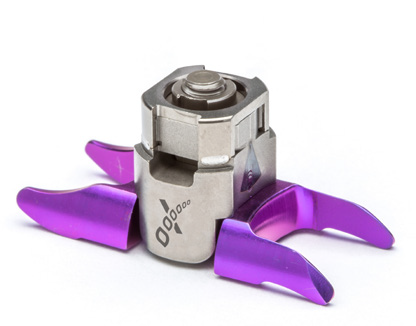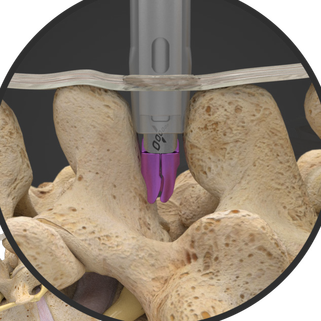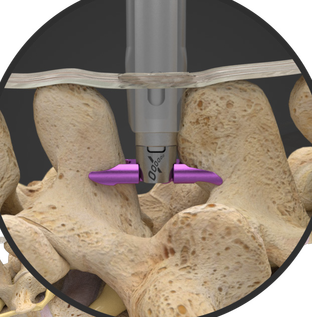What is Spinal Stenosis?
|
Your spine is made up of a flexible column of 24 bones called vertebrae. Soft tissue "discs" are between each of the vertebrae. The vertebrae link together like links in a chair to support your head and body while the discs act as "shock absorbers."
Inside the spine, there is a channel called the spinal canal. It is surrounded y the vertebrae. This canal protects a cylinder of nerves called the spinal cord. Spinal stenosis is the result of aging and "wear and tear" on the spine from everyday activities. These changes cause the spinal canal to narrow which can "pinch" the nerves in the lower back. This is called lumbar spinal stenosis. The result is pain, numbness, tingling, and/or weakness in the back and legs. |
What is Superion?
|
Superion was developed for patients with moderate spinal stenosis who have tried six months of conservative care treatment without finding relief from their pain. It is also for patients whose medical history shows that Superion may be their best treatment option because traditional spinal surgery could be too demanding.
People who will benefit the most from the Superion implant are those whose symptoms are relived when bending forward, such as when pushing a shopping cart. Leaning forward causes the spinal canal to open, which release pressure on the nerves. The Superion implant produces the same effect--relieving pressure on the nerves--without leaning forward. Superion is a small implant, available in different sizes to best match your spinal anatomy. It is made of titanium, a material used for medical implants because it is lightweight with great strength. Titanium is biocompatible and reduces the risk of inflammation or rejection. |
Actual Device
|
Who is a candidate?Patients presenting with the following may be a potential candidate for Superion®:
|
How does the procedure work?
The Superion® Procedure is a simple, out-patient procedure and you are able to return home after a few hours. Placing the Superion® device usually takes about thirty minutes. It is implanted through a small tube about the size of a dime and requires less than a 1" incision in your lower back. The procedure is performed under fluoroscopic guidance in our Joint Commission Accredited Ambulatory Surgery Center. The placement of the device involves no tissue or bone damage and minimal blood loss.
After the Procedure
After the procedure, you may enjoy significant reduction in leg pain within the first few days. Your doctor will review Post-Operative Care Guidelines with you. This will let you know how to care for the surgical site after the procedure. Your doctor will also talk to you about limiting your activity levels immediately after the procedure, and how to increase activities as you heal. Certain risks are associated with the use of Superion, consult your doctor for full information regarding these risks.
A positive outcome for you.
*Among those patients in the clinical trail that were followed up through sixty months after surgery, almost all expressed overall satisfaction with the Superion® implant.
|
*Taken from the Superion® Patient Education brochure published by vertiflex. |
Are you ready to take control of your painful spinal stenosis? Click here to request an appointment online, or call us directly to set up an appointment or to learn more about your options at (888) 724-6377.
Currently, Superion® is only covered by Medicare but there are alternative payment options available. Please feel free to contact our billing department for more information.
Currently, Superion® is only covered by Medicare but there are alternative payment options available. Please feel free to contact our billing department for more information.






